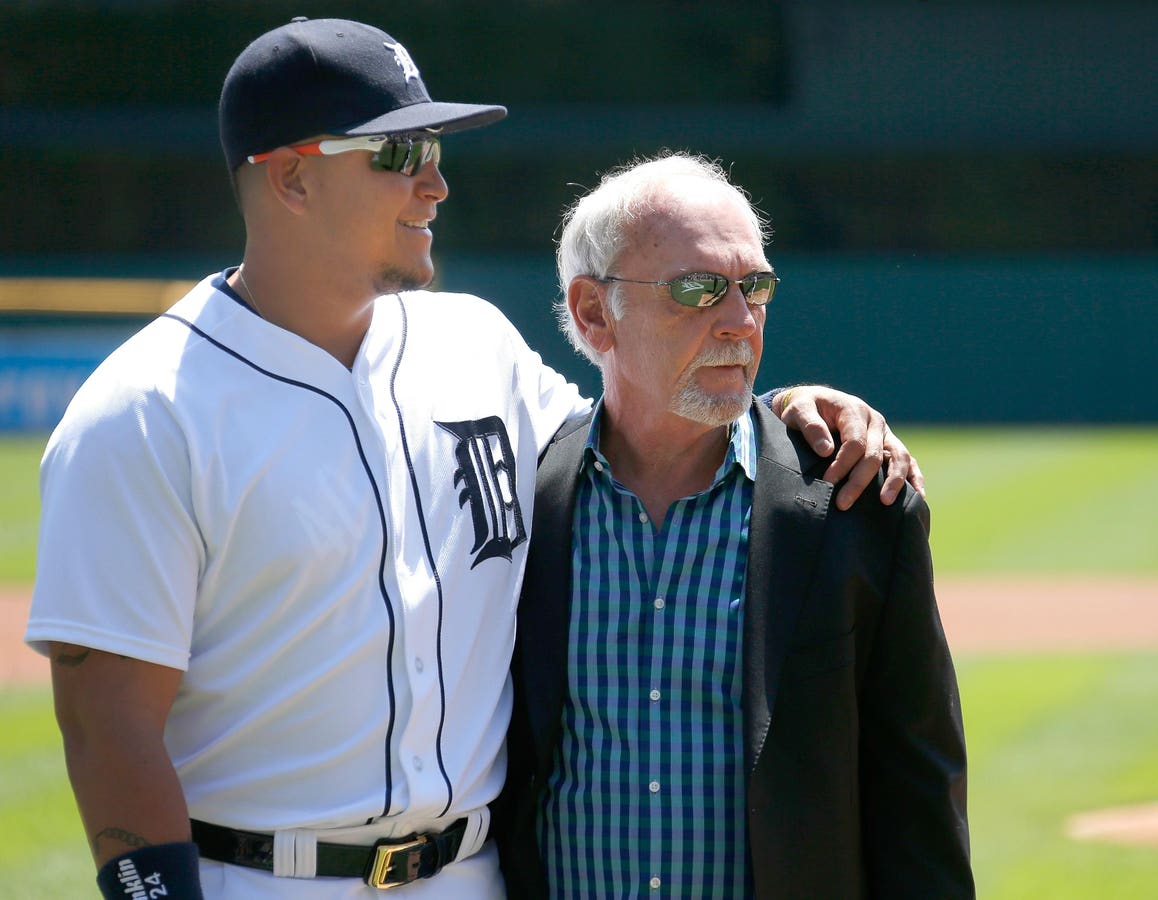You can observe a lot by just watching.
If we expand that famous quote from Yogi Berra to include listening, observation takes on a whole new dimension.
Such was the case when former big leaguer and current Detroit Tiger broadcaster Craig Monroe chatted with Pat Caputo on a weekly radio show, “Tiger Talk.” Caputo noted that the analytics that apply to players do not apply to managers. Measuring managerial effectiveness is more elusive and goes far beyond wins and losses. It comes down to how you deal with players.
Baseball, of course, is life. Only more goes the adage. A major league team is together from February to October, even longer if a team makes the playoffs. That’s eight months of traveling together, and it falls to one guy to provide the proper direction—the manager.
Management insights
Monroe, aka C Mo, spoke about two Tiger managers, both former catchers with an uncanny ability to understand the needs of their players. One sparked Monroe, aka C Mo, to his best year. His name is Jim Leyland, and he managed the Tigers and other clubs. The other is one C Mo covers as a broadcaster. His name is A J Hinch. Here is what we learned from C Mo.
Know your players. Leyland knew the strengths and weaknesses of every player on his squad. He knew how to challenge them. C Mo recalls Leyland moving him up to bat second, quite a jump for an end-of-the-lineup batter. Leyland trusted that C Mo could do it, and he did, no doubt fortified by the manager’s faith in him.
Connect personally. How’s the family was a refrain Leyland used with his players. Like all good managers, he knew his players had lives outside the game. He asked about their wives, their kids, and even their parents. Leyland was a family man himself. Being on the road for months on end is always challenging for everyone. Recognizing this factor is essential to mental fitness and well-being.
Stay out of the clubhouse. C Mo noted that Leyland never entered the clubhouse, meaning he let the players monitor and uphold the rules. He relied on veteran players to keep the younger ones in line by teaching them the ropes. This model resembles a junior officer depending upon the sergeant to “run the platoon.” Of course, if destructive behaviors went unchecked, Leyland would intervene. Quickly and forcefully.
Build team cohesion. Hinch gave players undergoing rehab the chance to travel with the team. He wants them to feel that they are still part of the team despite their injury. Allowing players to remain connected undoubtedly gives them focus for their rehab but also sends a signal to healthy players that the manager believes in the whole-person approach to wellness.
Putting the pieces together
Knowing, connecting, and understanding are central to effective teamwork, not simply on a ball diamond but in life itself. Any manager will do well to try to relate to his direct reports as people. A manager’s job is not to make friends but to earn their trust.
C Mo noted that one player made it a practice to call Leyland every Father’s Day because he regarded his former manager as a father figure. Such loyalty is earned. And it may be one reason Leyland will be inducted into baseball’s Hall of Fame next summer.
Analytics cannot measure heart – yet. So, it is up to managers to prove themselves by setting standards for performance and behaviors that reinforce them. Give employees the respect they deserve and the corrections they need to improve. Let them flourish, and then keep going. Managers do not play the game; they help others do it better.
Remember, said Yogi Berra, “Baseball is 90% mental and the other half is physical.” Just as it is at work, play, and life itself.
Read the full article here





